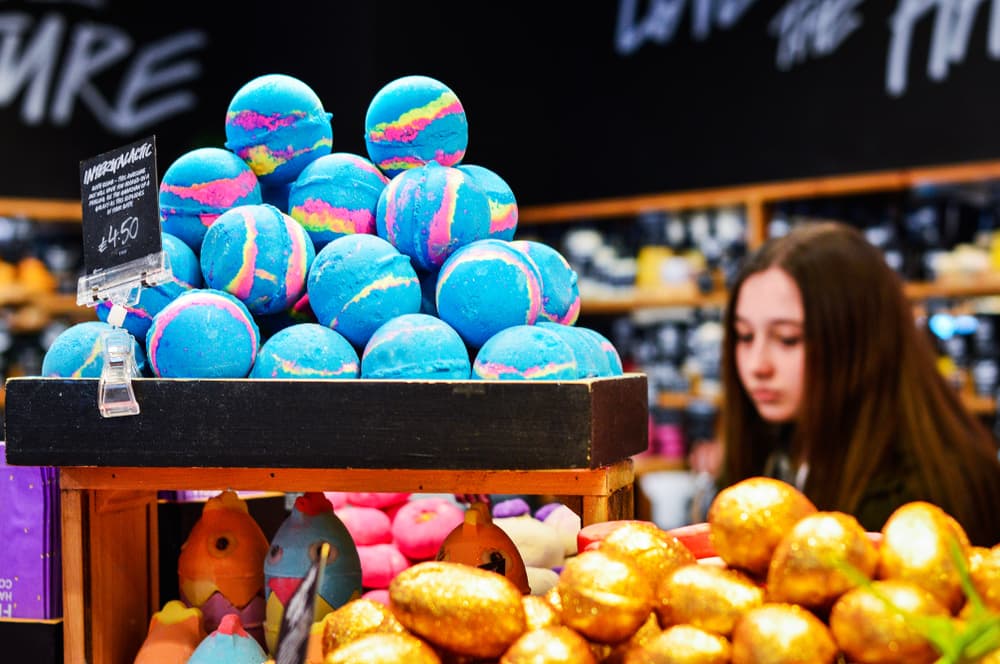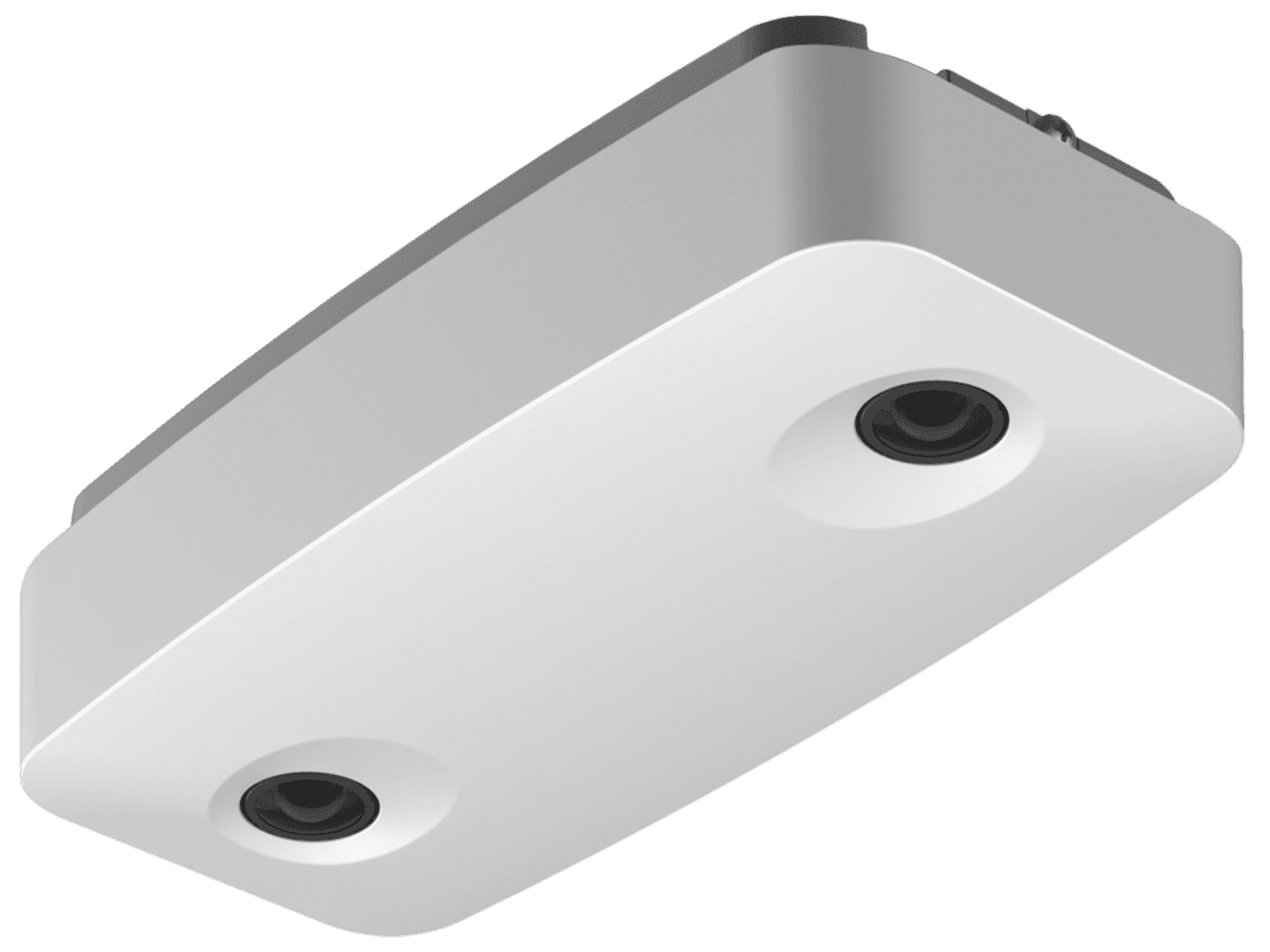8 Proven Techniques To Close Retail Sales Quickly

On this page
In the fast-paced world of retail, closing sales quickly and efficiently is critical for success. With customers having numerous choices and limited attention spans, retailers must employ effective strategies to encourage quick purchasing decisions. Here are eight proven techniques to close retail sales quickly, with real-life examples from major brands that illustrate their effectiveness.
READ MORE: Why Are Retail Brands Expanding Into Small-Format Stores?
1. Create A Sense Of Urgency
Creating a sense of urgency is a powerful technique that can spur customers into making swift purchasing decisions. This can be achieved through limited-time offers, flash sales, or exclusive deals that highlight the scarcity or time-sensitive nature of a product. When customers perceive that an opportunity is fleeting, they are more likely to act quickly to avoid missing out.
For example, Amazon's Prime Day effectively leverages this tactic. With thousands of deals available for only 48 hours, customers feel pressured to purchase items before the discounts disappear. Additionally, countdown timers, low-stock alerts, and phrases like "only a few left" can further amplify this sense of urgency. By creating a heightened sense of immediacy, retailers can significantly boost conversion rates and drive sales, ensuring customers don't delay their purchasing decisions.
2. Offer Personalized Recommendations
Personalized recommendations are a cornerstone of modern retail strategy, helping to foster a deeper connection with customers and drive quicker purchasing decisions. By leveraging customer data, retailers can offer suggestions tailored to individual preferences and past behaviors. This customization makes customers feel understood and valued, increasing their likelihood of making a purchase. For instance, e-retailers use sophisticated algorithms to recommend products based on a customer’s browsing history, previous purchases, and items frequently bought together. This approach not only enhances the shopping experience but also increases the chances of discovering items they are more likely to buy.
Another example is Spotify, which curates personalized playlists based on listening habits, leading users to explore and engage more with the platform. By offering tailored recommendations, retailers can streamline customers' decision-making process, making it easier and faster for them to find what they want and complete their purchases.
3. Simplify The Checkout Process
It's crucial to simplify the checkout process in order to reduce cart abandonment and encourage quick purchases. A complex or cumbersome checkout experience can discourage customers from completing their transactions. Streamlining the process involves minimizing the number of steps required to complete a purchase, providing clear instructions, and ensuring a user-friendly interface. For instance, Apple Pay and Google Pay have revolutionized the checkout process by enabling customers to make purchases with just a few taps on their devices. This saves time and enhances the overall shopping experience by eliminating the need to present physical cards at checkout.
4. Leverage Social Proof
In a physical store, using social proof can significantly impact customer behavior and motivate quick purchasing decisions. Social proof involves leveraging the influence of others' experiences to establish trust and validate choices. This can be achieved through customer testimonials, reviews, and real-time demonstrations of product popularity. For example, showcasing customer testimonials on in-store displays or playing video reviews can reassure customers about the quality and value of a product.
Retailers like Sephora effectively use in-store displays to showcase products that are top sellers or have high ratings. This provides visual cues that others have purchased and enjoyed similar items. Furthermore, having staff members share stories or recommendations based on customer feedback can further enhance trust. Featuring social media feeds or live sales counters that show how many people have recently purchased a product can also create a buzz and prompt quicker decisions. By visibly demonstrating the positive experiences of other customers, retailers can build credibility and encourage shoppers to make more confident purchase decisions.
5. Ensure Visual Merchandising Is Effective
Effective visual merchandising is crucial in a brick-and-mortar store, as it directly influences customer behavior and purchasing decisions by creating an inviting and engaging shopping environment. This includes strategically arranging the layout of the store, creating appealing displays, and engaging the customers' senses to attract them and steer them towards making purchases. For example, well-organized store layouts with clear pathways can guide customers through high-interest areas and showcase key products. Retailers such as IKEA demonstrate excellence in this by designing their stores to lead customers through different room setups, enabling them to envision products in realistic settings.

Engaging shoppers' senses is also essential. Visual elements, such as vibrant colors and dynamic lighting, can capture attention. In addition, pleasant scents and background music can enhance the shopping experience and encourage longer store visits. For instance, Lush uses its distinct, appealing scents to draw customers into their stores, where they can experience the products firsthand. Tactile experiences, such as allowing customers to touch and try products, further enrich the shopping journey.
By creating immersive and interactive environments, retailers can make their stores more appealing and guide customers toward purchasing decisions. Thoughtful visual merchandising also helps retailers create a compelling and memorable shopping experience that not only attracts customers but also drives swift sales.
READ MORE: Tracking The Evolution Of Luxury Retail
6. Provide Excellent Customer Service
Providing excellent customer service in stores is crucial for building customer loyalty and encouraging quick purchasing decisions. Knowledgeable and approachable staff can greatly improve the shopping experience by providing personalized assistance and expert advice. For example, Nordstrom is known for its outstanding customer service, with staff trained to exceed customer expectations by helping them find the right size, offering styling tips, and addressing concerns immediately.
In-store customer service also involves actively engaging with customers to understand their preferences and guide them through their shopping journey. For example, Apple's retail stores employ highly trained staff known as Apple Geniuses, who provide product demonstrations, technical support, and personalized recommendations. This level of service ensures that customers feel valued and supported, making associates more likely to make sales.
Additionally, prompt and efficient service at checkout counters, as well as assistance with returns and exchanges, can further enhance customer satisfaction and streamline the shopping process. Creating an inviting and supportive environment where customers can easily seek help and receive immediate, relevant responses can turn casual shoppers into loyal customers who are eager to complete their purchases.
7. Offer Flexible Payment Options
It's important to offer flexible payment options as it can greatly boost customer confidence in making purchases. By providing a range of payment methods, retailers can cater to diverse financial situations and preferences, making it easier for customers to commit to buying. Flexible payment options can include installment plans, buy now, pay later (BNPL) services, and accepting multiple forms of payment such as credit cards, mobile payments, and even cryptocurrencies.
For instance, retailers partnering with BNPL services like Klarna or Afterpay allow customers to split their payments into manageable installments. This reduces the immediate financial burden and empowers customers to make more confident purchasing decisions. Home Depot, for example, offers project loan cards and financing options, enabling customers to undertake larger projects without the strain of upfront payments. These options reassure customers that they can manage their finances while enjoying their purchases immediately.

Providing flexible payment options also includes offering loyalty programs or store credit cards that come with benefits like discounts, rewards, or cashback. For example, Macy's offers its cardholders exclusive discounts and reward points for every purchase, which can be redeemed later, making customers feel rewarded and valued.
8. Rely On In-Store Technology
Leveraging in-store technology can significantly enhance the shopping experience and boost customer confidence in purchasing decisions. Interactive kiosks, tablets, and mobile apps provide customers with easy access to product information, reviews, and availability.
Behind the scenes, in-store analytics technology can help retailers optimize staff scheduling, test store layouts and promotions, and ensure shoppers' safety. These factors help remove friction from the store experience, thereby contributing to positive store sentiment and more empowered staff and customers.
READ MORE: How A Legacy Jeweler Uses Store Traffic To Define Success
Incorporating these eight techniques can significantly improve your ability to close retail sales. Major brands have demonstrated the effectiveness of these strategies, from creating urgency and personalization to leveraging technology and offering flexible payment options. However, to truly optimize these techniques, in-store analytics play a crucial role. Understanding customer behavior and preferences through data can empower retailers to implement these strategies more effectively, ensuring a competitive edge in every category.
About the author:

Ashton Kirsten, Global Brand Manager, RetailNext
Ashton holds a Master's Degree in English and is passionate about physical retail's unbridled potential to excite, entertain, serve, and solve problems for today's shoppers.



